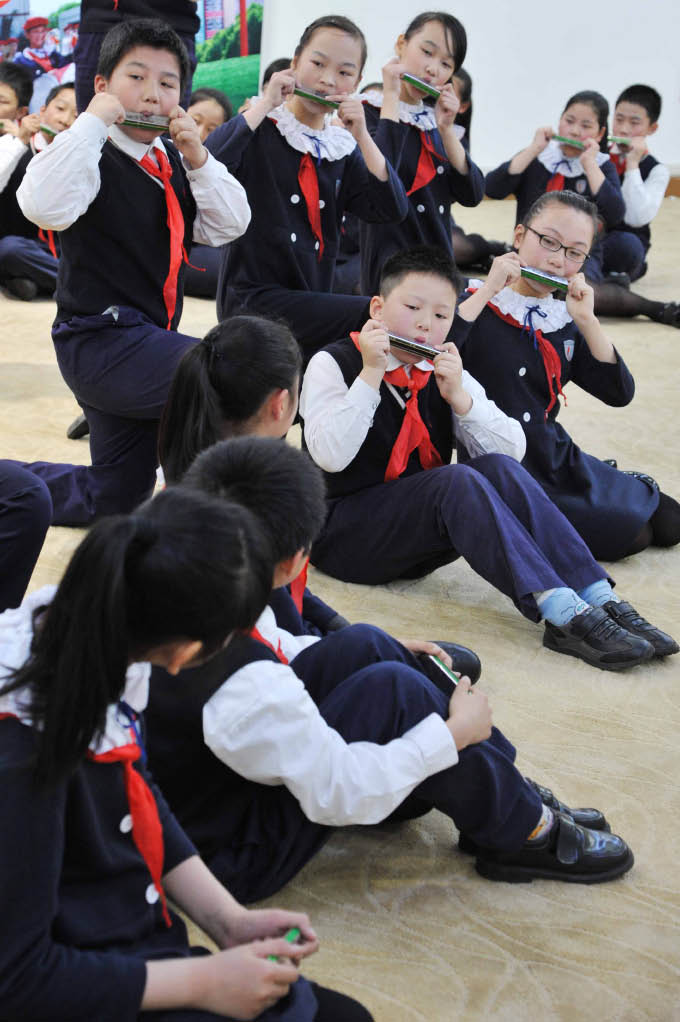Shanghai's Schools Strive for Equality as Well as Excellence
By ZHANG XIAOJUAN
WHEN I first took the post of headmistress at Pingnan Primary School in 1999, it was a shabby place. There were 196 students, 60 percent of whom were the sons and daughters of migrant workers in Shanghai.
As the economic hub of China, Shanghai has a large drifting population, many of whom are settling and starting families. The total number of children in Shanghai’s non-local population has reached 400,000. They make up 35 percent of the total students in nine-year compulsory education (from age six to 15). Over 80 percent of them are the children of migrant workers. This gradually increasing figure places strains on the public education system.
It had been difficult for the children of migrant workers to study in Shanghai, since parents didn’t have local hukou, or registered permanent residence. If children were to study in their parents’ hometowns, they would be separated from working mothers and fathers and be deprived of a happy and healthy family environment.
The situation improved in 2004 when Shanghai pushed its public schools to accept children of migrant workers. Special facilities catering to their unique requirements have since been set up, such as remedial classes.
 |
| Students playing harmonicas at Pingnan Primary School. |
As public schools have been taking on more of these children, their place in the formal education system has become more entrenched. In 2008, education for the children of migrant workers was integrated into Shanghai’s overall planning. Since 2010, all children of migrant workers in Shanghai have been entitled to nine years of free, compulsory education.
As headmistress of Pingnan Primary School, I have witnessed the changes. Statistics show that a few years ago 67 percent of students at our school were children of migrant workers. Now, the figure is 36.6 percent. As we were an early school to take in children of migrant workers, this implies that other schools have also been opening their classrooms to such students.
- China’s Diplomatic Strategy and Foreign Relations
- CPC Reaches Out to Political Parties in the Developed World
- CPC’s Relations with Political Parties in Latin America
- Inter-party Relations Promote Sino-African Strategic Partnership
- Changes in China that Amount to Revolution – Former Peru President Alan García Pérez on China’s Progress
Services
Economy
- Eco-agriculture and Eco-tourism Power Nanchang’s Green Development
- Balance Environmental Protection and Economic Prosperity – Nanchang Looks to European Technology for Green Development
- Sustainable Growth Requires Wiser Energy Use
- Chinese Economy: On the Path of Scientific Development
- China's Economy over the Last Ten Years

